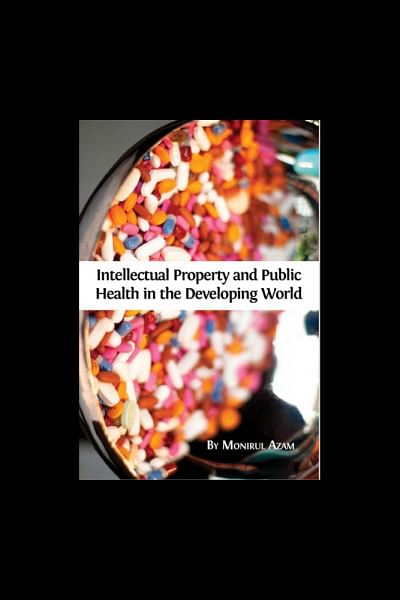Demand for medicine patenting

Our experience with HIV/AIDS epidemic or Ebola catastrophe at African nations, Zika Virus outbreak in Brazil has vividly reflected the human melancholy at the same time necessity for research & development (R&D) to invent proper medicines for combating such endemic or any other human diseases. It is a harsh reality that World's big giants and MNC's are not interested to invest their time and resources for innovation of new medicines unless their products are safeguarded by appropriate legal mechanism, i.e., patent. Again, if medicines are accorded patent protection it will ensue many associated outcomes including price hike which may hinder access to drugs for mass people at an affordable costs. Thus, medicine patenting and access to drugs or other amenities of public health have been areas of global concerns, particularly from the perspectives of developing nations and LDCs.
WTO-TRIPS regime has set out the global standards for medicine patenting that the Member States are obliged to comply with. Many critics lambaste the 'One Size Fits All' theory of TRIPS and suggest the LDCs to maneuver the TRIPS flexibilities in appropriate manner so that countries may ensure access to drug or public health for their citizenry.
Being a WTO member, LDC like Bangladesh cannot completely negate the TRIPS regime neither it can blindly replicate TRIPS provisions within its domestic legal frameworks. At the current stature of WTO rule, Bangladesh being a LDC is enjoying exemption from providing medicine patent until 1 January, 2033. However, the future of Bangladeshi Pharmaceuticals industry, access to drug for mass people and public health depend on the crafting patent legislation in a way that protects national interests on one hand and becomes TRIPS compliant on the other.
Accentuating to aforesaid backdrops, Monirul Azam, Associate Professor of Law, University of Chittagong, who has been contributing to different international institutions in various capacities and currently serving as visiting scholar at United Nations University, Tokyo, Japan, has recently published a comprehensive scholarly contribution titled “Intellectual Property and Public Health in the Developing World” from Open Book Publisher, Cambridge, UK. In this book, the accomplished author has explored ways to design national patent laws for developing nations and LDCs coupled with their institutional frameworks in order to strength the domestic pharmaceuticals industry as well as to ensure access to medicines for the people.
The book has been divided into five chapters. Chapter one sets out the overall backgrounds of the study by outlining the advent of TRIPS and requirements for medicine patenting under TRIPS, Ramifications of Doha Declaration on Public Health, Relevant research questions and Methodology that have been used to write the book. In chapter two, the writer has endeavored to provide overview of pharmaceutical industry of Bangladesh by taking into account of in-depth analysis of legislative and institutional frameworks for medicine patenting. This chapter analyzes the exiting patent law of Bangladesh in the context of medicine patenting and further explores challenges and opportunities for pharmaceutical industry of Bangladesh under the purview of TRIPS compliant patent regime at near future.
Chapter three sheds the light from the experience of Brazil, China, South Africa and our neighbor India -what legislative and institutional measures they have undertaken to tackle the public health issues and also to boom up domestic medicine industry. Chapter Four outlines the policy options for LDC like Bangladesh under WTO globalised standards and its inbuilt flexibilities for patent protection. It suggests broadly two policy options for Bangladesh, firstly, legislative changes in the legal regime of medicine patenting in Bangladesh. Secondly, governmental and/or other policy interventions those are required and may be needed in the given context.
Finally, the chapter five draws institutional and infrastructural arrangements that should be developed by the LDCs including Bangladesh for successful progress towards innovation and development in the field of medicine patenting and public health in consonance with TRIPS compliant legal regime after transition period and also in post-TRIPS era. It is relevant to mention that the readers may find the redundancy of similar subject matters in different chapters of the book. It is intentionally maintained by the author so that readers may comfortably go through each chapter separately without consulting other chapters. It is a must read book for legal scholars, researchers, students and other stakeholders to successfully comprehend the dynamics of medicine patenting and public health concerns under TRIPS and Post-TRIPS regimes for Developing word in general and Bangladesh in particular.
The reviewer is a Lecturer of Law, East West University.

 For all latest news, follow The Daily Star's Google News channel.
For all latest news, follow The Daily Star's Google News channel. 



Comments